Whale Background
Learn more about the gentle giants of our ocean, the problems they face, and their importance in the marine ecosystem. Read to explore NOAA's efforts to protect whales and how national marine sanctuaries benefit whale populations.
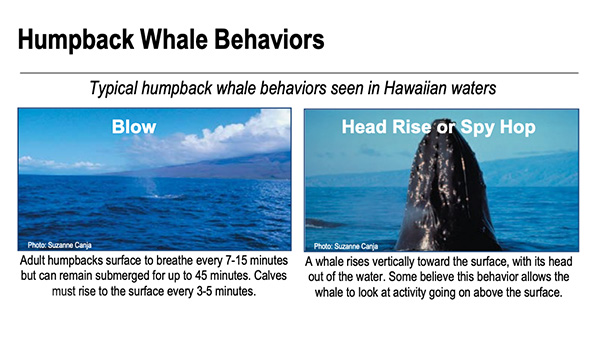
Humpback Whale Behavior Sheet
Humpback whales can be seen in Hawai‘i's nearshore waters during the winter. Their impressive acrobatic displays are often visible from miles away.
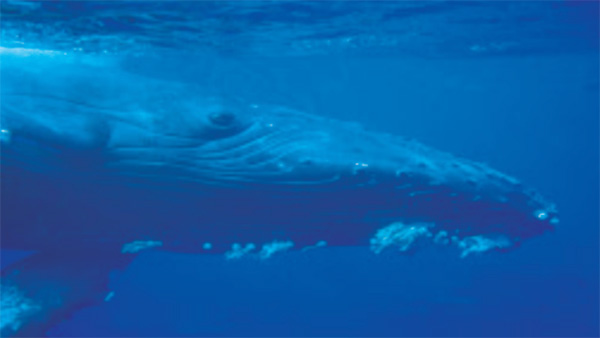
North Pacific Humpback Whale Fact Card
Fact card focusing on North Pacific Humpback Whales in Hawai’i.
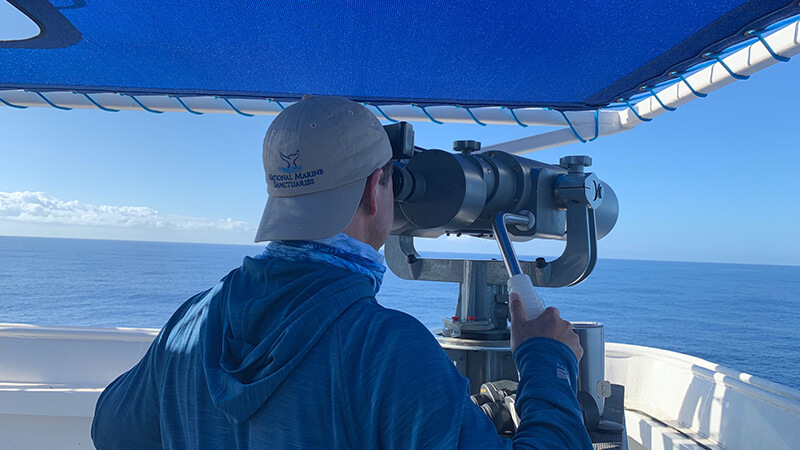
Hawaiian Islands Humpback Whale National Marine Sanctuary
Every winter, thousands of humpback whales travel to the warm, shallow waters of Hawai‘i to mate, give birth, and raise their young. Hawaiian Islands Humpback Whale National Marine Sanctuary protects these whales and their habitat. From November through April, visitors to the sanctuary can see whales from shore and at sea.
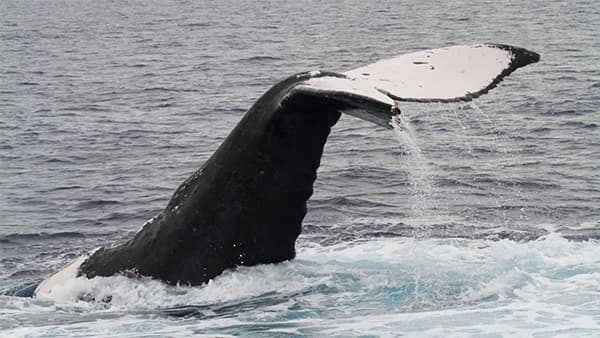
Hawaiian Islands Humpback Whale National Marine Sanctuary Fact Sheet
The sanctuary was designated to protect the humpback whale (Megaptera novaeangliae) and its habitat in Hawai‘i. The sanctuary enables citizens and government to work collectively on safeguarding humpback whale breeding, calving, and nursing grounds in waters around the main Hawaiian Islands, an area that supports more than half of the North Pacific humpback whale population.
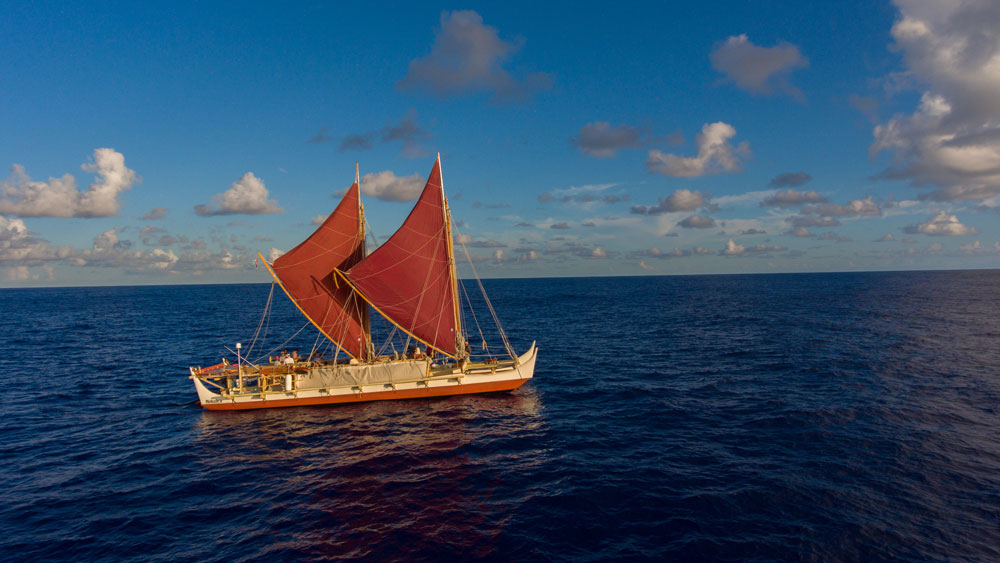
Native Hawaiian Heritage
Ocean stewardship is deeply embedded in Native Hawaiian culture. Humpback whales, or koholā, are an important part of history, legend, and connection to the sea. The cultural and maritime heritage of Hawai‘i plays a role in management decisions and how the sanctuary’s daily activities are carried out.

Hawaiian Islands Humpback Whale National Marine Sanctuary Management Plan
The Hawaiian Islands Humpback Whale National Marine Sanctuary management plan is a site-specific planning and management tool that describes the sanctuary's goals, objectives, and boundaries. It guides future activities, outlines staffing and budget needs, and sets priorities and performance measures for resource protection, research, and education programs.
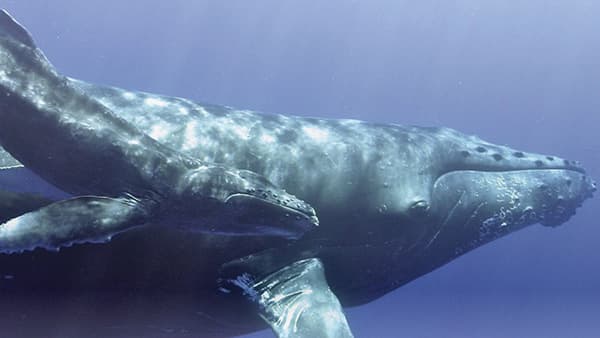
Earth is Blue Magazine
The humpback whale is one of the most spectacular ocean creatures in the world. At 45 feet long and weighing 40 tons, these whales are surprisingly acrobatic, and can be spotted throughout the National Marine Sanctuary System. Every winter, thousands of humpback whales travel to the warm, shallow waters of Hawai‘i to mate, give birth, and raise their young. There, Hawaiian Islands Humpback Whale National Marine Sanctuary protects them and their habitat.
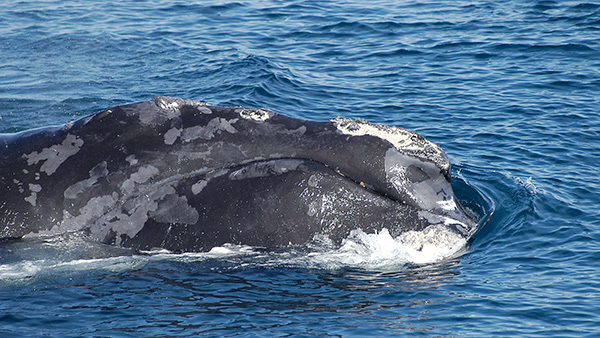
NOAA Fisheries Whales Website
Whales are among the largest and oldest animals on Earth. They can be found in every ocean and range in size from the small dwarf sperm whale to the massive blue whale, the largest animal on the planet. Whales belong to a group of marine mammals called cetaceans. Marine mammals in the cetacean family include whales, dolphins, and porpoises.
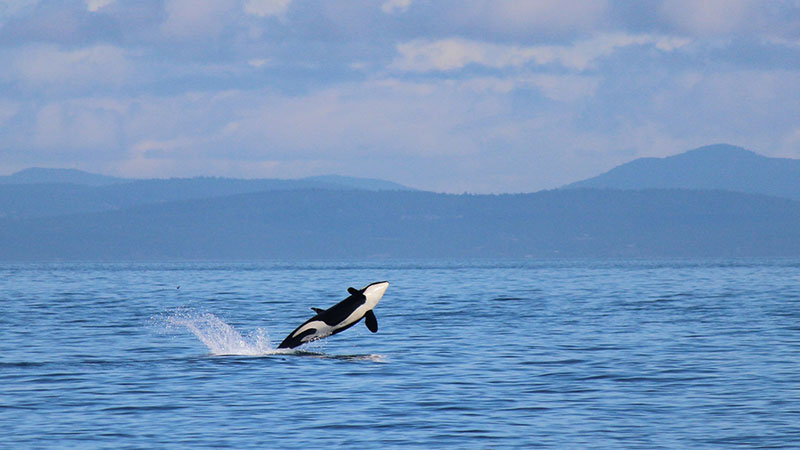
Understanding Sanctuary Soundscapes: A Q&A with Carol Bernthal and Sarah Fangman
All across the ocean, marine organisms from tiny fish to enormous whales rely on sound and hearing for their survival. But increasing human activity within our ocean over the last century has also meant increasing levels of noise.

Protecting Blue Whales and Blue Skies
The humpback whale is one of the most spectacular ocean creatures in the world. At 45 feet long and weighing 40 tons, these whales are surprisingly acrobatic, and can be spotted throughout the National Marine Sanctuary System. Every winter, thousands of humpback whales travel to the warm, shallow waters of Hawai‘i to mate, give birth, and raise their young. There, Hawaiian Islands Humpback Whale National Marine Sanctuary protects them and their habitat.

